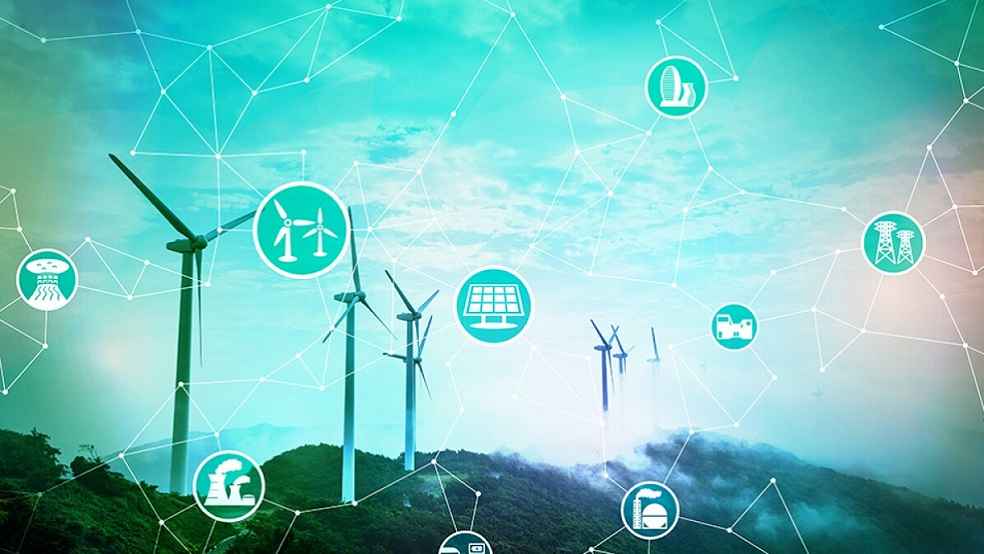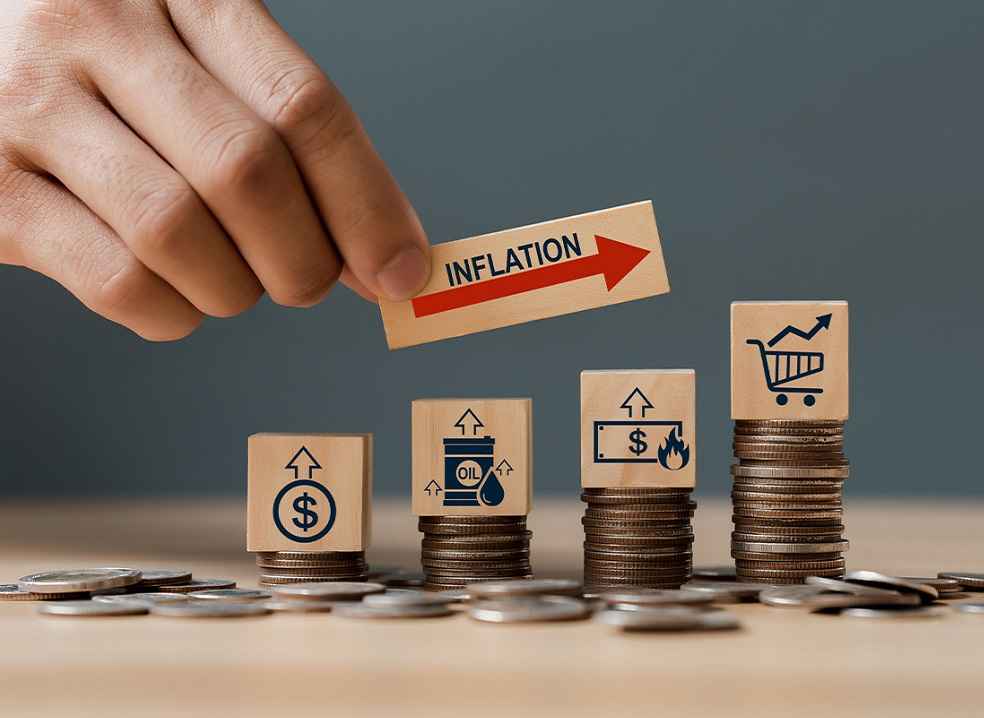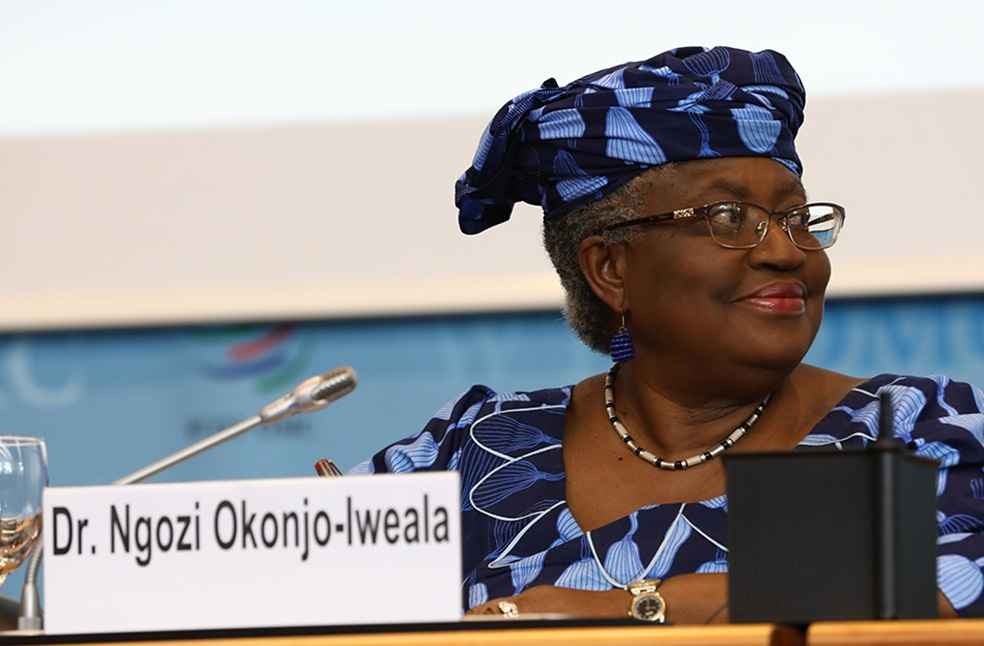Shifting global trends, pivoting from carbon-intensive fossil fuels to renewables combined with rising trade barriers and aging populations, paint a forecast of intensified inflationary challenges on the horizon. Such pressing concerns of trade shifts took center stage during the discussions and studies unveiled at the annual meeting of central bankers this past weekend.
Historically, the world’s economic trajectory leaned towards greater integration, fueling trade expansion, particularly between the United States and its partners. This trade dynamic bestowed upon the US the advantage of cost-effective goods, courtesy of overseas production, albeit at the cost of domestic manufacturing roles.
Post-pandemic signs indicate a deviation from this trend. Numerous multinational entities have diversified their supply chains, distancing from China, and focusing on domestic production arenas, especially semiconductors. With robust subsidies from the Biden administration bolstering this shift, new challenges arise on the horizon.

The green energy transition, while imperative, might usher in an inflation spike due to augmented government borrowing and escalating demand for essential resources. The aging population worldwide presents potential supply disruptions, echoing the shortages encountered during the post-pandemic economic revival.
Christine Lagarde, at the helm of the European Central Bank, observed, “The new environment sets the stage for larger relative price shocks than we saw before the pandemic. If we face both higher investment needs and greater supply constraints, we are likely to see stronger price pressures in markets like commodities – especially for the metals and minerals that are crucial for green technologies.”
Central banks, still wrestling with stubborn inflation figures from 2021, find their mandate increasingly intricate amidst these developments. “We are living in this world in which we could expect to have more and maybe bigger supply shocks. All of these things tend to make it harder to produce stuff and make it more costly. And that is the configuration that central banks dislike the most.” elucidated Pierre-Olivier Gourinchas of the International Monetary Fund.

Shifts in global trade patterns dominated Saturday’s discourse. Laura Alfaro from Harvard Business School disclosed that despite a decline in the US import share from China by 5% between 2017 and 2022, total US imports soared to a record high last year. This data suggests that although there’s a shift in trade patterns, a significant reduction in global trade isn’t on the horizon.
Alfaro’s findings also spotlighted an upward trajectory in the cost of goods, amplifying inflation apprehensions. Notably, the economic ties between the US and China remain significant, as evidenced by China’s proliferating investments in nations like Vietnam and Mexico.
Certain global trends might counteract these inflationary currents. A deceleration in China’s economic momentum might suppress its commodity demand, ushering in potential global price reductions. Kazuo Ueda of the Bank of Japan pinpointed China’s property sector challenges as the primary cause rather than trade deviations.

Subsidies and trade barriers elicited critique from various experts. Ueda warned of the pitfalls of the surging global subsidy trend, suggesting potential inefficiencies in production. Ngozi Okonjo-Iweala, representing the World Trade Organization, championed global trade as a bulwark against inflation.
As the global landscape navigates these oscillations, the importance of stable trade remains paramount for sustained economic growth.
FINANCE | UK: The Lone Major Economy with Rising Inflation Amid Global Cooling



